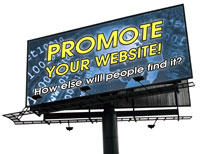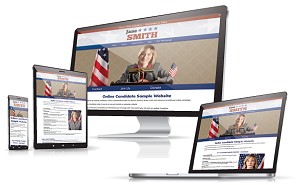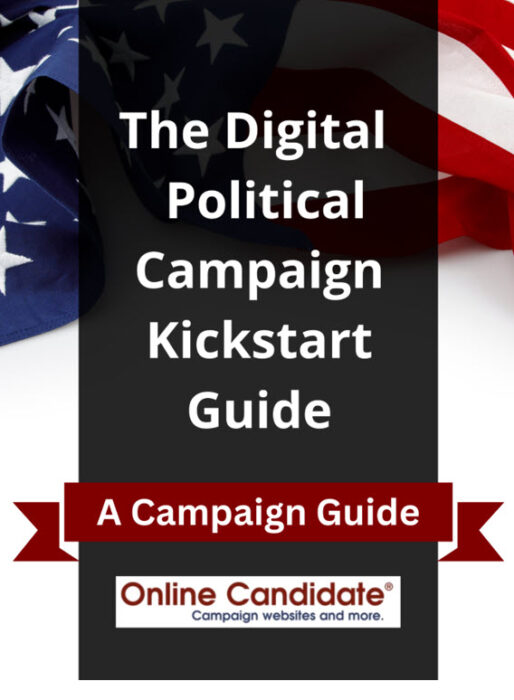 The 1990s myth, “If you build a web site, they will come,” is still a commonly believed by companies, organizations, and people running for office who are new to digital marketing. The reality, however, is that people won’t come to your website unless you promote your website both online and offline.
The 1990s myth, “If you build a web site, they will come,” is still a commonly believed by companies, organizations, and people running for office who are new to digital marketing. The reality, however, is that people won’t come to your website unless you promote your website both online and offline.
Here are few basic tips for promoting a new website for a candidate.
Offline promotional materials
Prominently include your campaign website domain name in EVERY print piece distributed by your local campaign – flyers, press releases, posters, yard signs, buttons, banners, TV and radio ads, and anything else related to your campaign. Always let the media know that this additional material is available on your online campaign press kit. (Odds are, they will use it!)
Use your email list
By starting your site early, you can accumulate more e-mail addresses from your supporters and voters. Using the mail list to keep in regular (but not TOO frequent) contact helps get your word out and keeps supporters informed. Always provide a link back to your campaign website, and suggest that the recipient forward your newsletter e-mail to others.
Smart linking
Reciprocal linking is often used by small to midsized websites as an inexpensive way to increase visitor traffic and link popularity with search engines. (You DID create a Google account for your campaign, didn’t you?) If a newspaper writes an article about you, make sure the reporter knows your website address. When the article is published, do a short writeup about the article on your site blog and link out to it.
Are there local or regional web sites that would agree to link to your site? What about other local candidates from your own party? Ask other groups campaigning for similar causes to put a link from their website to yours, and offer to do the same for them. Reciprocate links, and you can both benefit from the cross-traffic and bring exposure to others interested in similar issues.
Viral marketing
“Viral marketing” refers to the phenomenon of people sending information about your site to other people, who then in turn forward it on to others, and so on! Viral marketing can be very powerful.
Below are examples of viral marketing that are easily implemented:
- Share buttons: Share buttons that allow your content to be shared to social media sites like Facebook and Twitter is an example of viral marketing.
- Newsletters: Encourage viral marketing by putting a line at the end of your campaign email newsletters asking people to forward your newsletters on to others.
- E-mail signature: Most e-mail programs allow you to create a “signature” that’s added to the bottom of every outgoing e-mail message. Make sure your campaign staff’s e-mail accounts contain a signature that links back to the campaign website.
Consider online advertising
While banner ads often garner “click-through” rates of less than one-half of one percent, local political ads often perform much better – especially when they appear on a local newspaper website near election time. Local newspaper websites are your best bet for direct online advertising. Newspapers already have a large built-in audience of potential constituents. If you are going to do any online advertising, pay-per-click text ads and newspaper advertising are your best bets.
Most publishers will design a creative ad (“creative”) for you, although many campaign organizations submit their own creatives or do multiple creatives, each focusing on a different topic. Hiring a designer to do an online ad for you varies, depending on what kind of creative you need.
We provide affordable campaign websites for candidates. Easy to start, easy to maintain, and includes tools and resources to help your online marketing.
« An Alternative To Wordpress for Political Campaign Websites
.Com or .Org for Political Campaigns? How to Choose Your Domain Name »
Tags: campaign promotion






